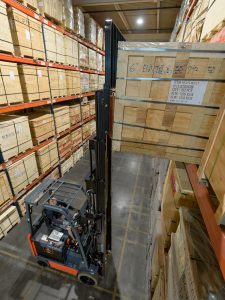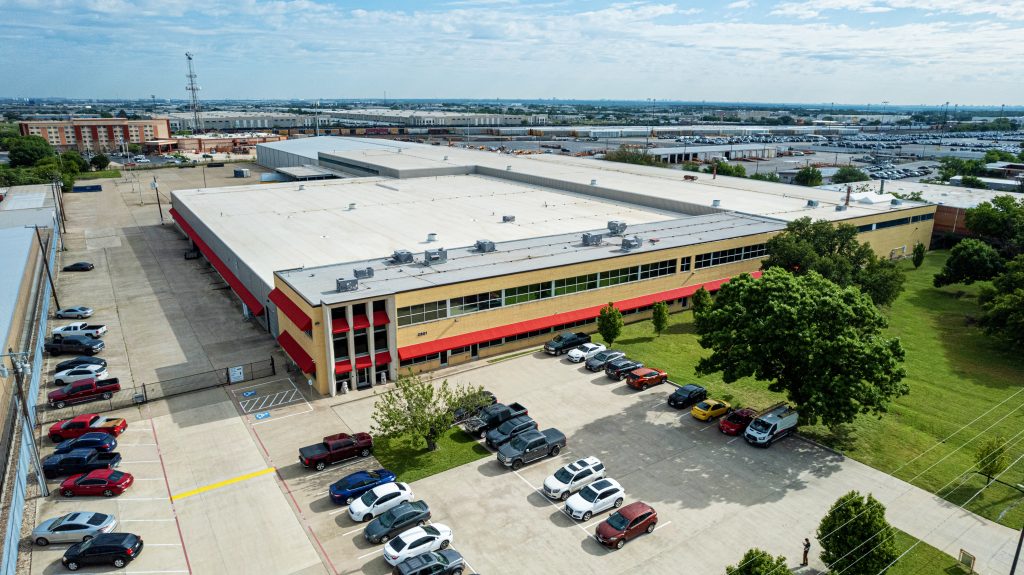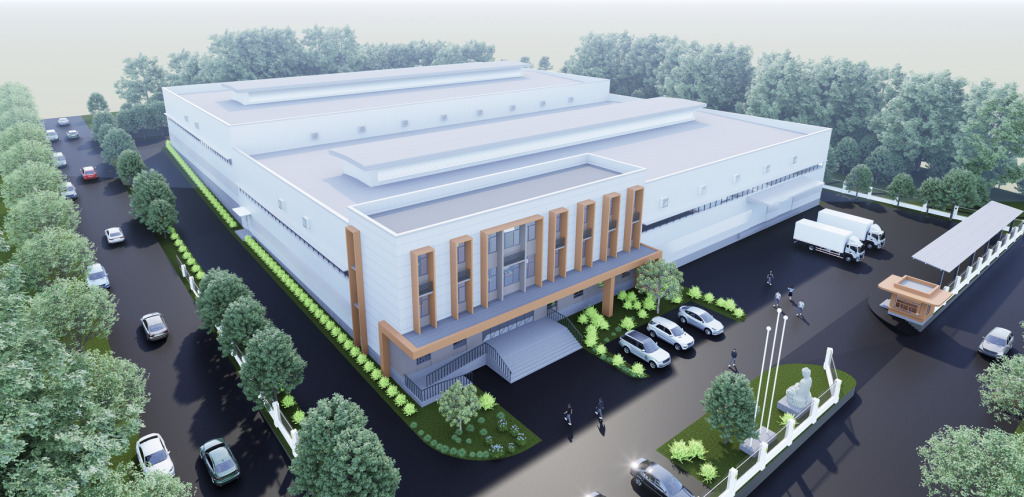ARLINGTON, TX – Durable Superior Casters continues to improve on their environmental impact by implementing more eco-friendly practices, reducing waste and improving its operational efficiency.
The company’s commitment to sustainability is rooted in the history of the warehouse where they have made their headquarters. Originally built in 1956 as the American Can Plant, it was one of the first factories built in Arlington. The facility has been recycled several times over the years, serving as a paper warehouse for Simkins Industries from 1982 to 1997, before becoming home to Durable Superior Casters. The tradition of adaptation continues into the modern day as the company continues to improve their facility with environmentally conscious improvements.
These updates reflect the company’s commitment to the core recycling tenets of “recycle, reuse, repurpose.” Focusing on everyday improvements that make a measurable difference, all of which cut down on the waste and the need for new resources.
One of the first eco-challenges that the warehouse team noticed was the amount of leftover cardboard. Instead of just throwing away the cardboard, they decided to use a cardboard shredder and repurpose it as package cushioning. Additionally, all skids and pallets are reused to reduce waste.
The warehouses have been modified to reduce emissions. With fluorescent and incandescent lights being replaced with energy-efficient LED fixtures. Many of these are paired with motion sensors or timers to reduce energy consumption during low-traffic periods. The facilities also use natural lighting and skylights to minimize the need for artificial light during the day.

One of our electric forklifts hard at work.
Durable’s facilities have been upgraded with energy-efficient heating, cooling, and ventilation systems to cut back on energy use and improve sustainability. Additionally, the warehouses are equipped with high-performance roofing materials and insulation to further minimize heating and cooling demands.
The next phase is transitioning all on-site diesel and gas-powered forklifts to electric models. This is being done to reduce emissions, noise, and heat while also improving the air quality in the facilities for employees.
They have also cut down significantly on paper usage by implementing digital checklists and inventory logs. With this, they’re gradually moving towards a fully paperless system. Even with the office paper that is still used, that too is recycled.
To cut down on transportation emissions, shipments are consolidated, when possible, which also optimizes delivery efficiency.








